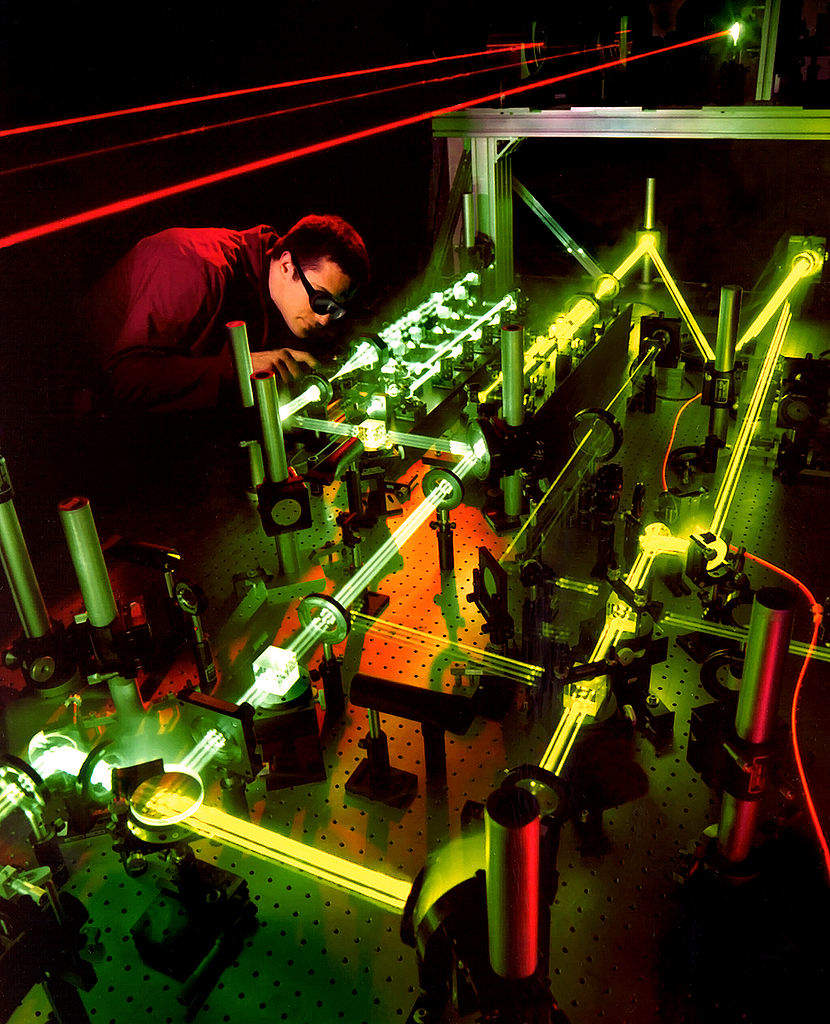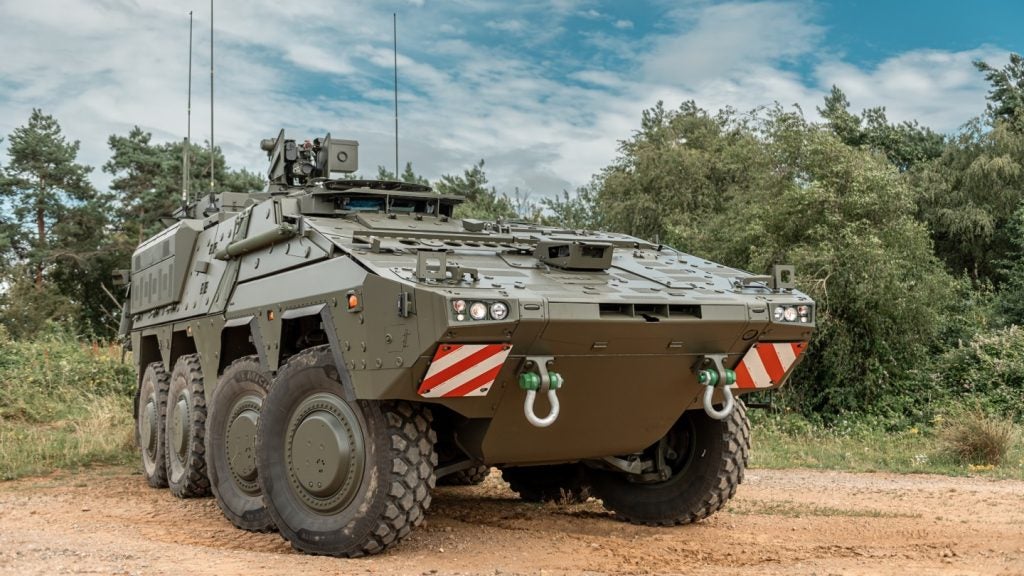The US Department of Defense (DoD) describes directed energy as an umbrella term covering technologies that relate to the production of a beam of concentrated electromagnetic energy or atomic or subatomic particles. DEWs can be classified under four different types of weapons systems technologies: laser, high-power microwave (HPM), high-power sonic, and particle beam. The leading sectors are lasers and microwave weapons. Particle beam weapons and sonic weapons have also been developed.
Listed below are the key regulatory trends impacting the DEW theme, as identified by GlobalData.
Anti-personnel laser
DEWs are not authoritatively defined under international law, nor are they currently on the agenda of any existing multilateral mechanism. Nevertheless, there are a number of legal regimes that would apply to DEW.
The prospect of DEW raises questions under several bodies of international law, most notably those that place restrictions on the use of force. Some DEWs are classified as ‘nonlethal’ or ‘less-lethal’ weapons, with proponents setting them apart from ‘lethal’ weapons.
Low-energy laser weapon systems are one of the most controversial topics in defence, as they may be used for anti-personnel purposes. The use of blinding weapons was banned in 1995 by the United Nations decision (Protocol on Blinding Laser Weapons (1995), annexed to the framework Convention on Prohibitions or Restrictions on the Use of Certain Conventional Weapons (CCW)).
Due to these factors, various DEW systems developed for military application in warfare have not been put in service. For instance, the Active Denial System developed by Raytheon was introduced to the US Army in 2001. Although the US DoD shipped the ADS to Afghanistan, deployment was halted due to humanitarian laws and other factors. The Joint Non-Lethal Weapons Directorate of the US is currently working on the deployment capability of the ADS without violating international laws.
Utilisation of DEW for law enforcement missions
According to the 1990 UN Basic Principles on the Use of Force and Firearms by Law Enforcement Officials (BPUFF), an authoritative statement of international rules governing the use of force in law enforcement, ‘the development and deployment of non-lethal incapacitating weapons should be carefully evaluated in order to minimise the risk of endangering uninvolved persons, and the use of such weapons should be carefully controlled’.
How well do you really know your competitors?
Access the most comprehensive Company Profiles on the market, powered by GlobalData. Save hours of research. Gain competitive edge.

Thank you!
Your download email will arrive shortly
Not ready to buy yet? Download a free sample
We are confident about the unique quality of our Company Profiles. However, we want you to make the most beneficial decision for your business, so we offer a free sample that you can download by submitting the below form
By GlobalDataAccording to IHL – the primary legal regime that would govern the use of DEW for the conduct of hostilities – the right of the parties to the conflict to choose methods or means of warfare is not unlimited. Under Article 36 of API, states have an obligation to assess all new weapons, means, or methods of warfare to see whether their employment would breach legal obligations.
Collateral damage
Despite claims regarding the accuracy of DEW, questions remain around the ability to target certain DEW at a specific military objective, in compliance with the IHL rule of distinction and the prohibition of indiscriminate attacks. Potential effects such as burning, eye damage, or radiation sickness may raise concerns under the prohibition of causing superfluous injury or unnecessary suffering. Such non-kinetic mechanisms of harm have historically provided grounds for concern regarding the acceptability of weapons.
Environmental effects of DEWs
International environmental law may also be implicated in the use of certain DEW. Protection of the environment during armed conflict is increasingly emphasised as technological developments in new weaponry present new threats to the natural world. In May 2016, the UN Environment Assembly agreed a resolution stressing the importance of environmental protections during armed conflict and urging states to comply with IHL environmental protections. Chemical lasers, in particular, may raise concerns under environmental law, due to their use of a toxic mix of chemicals to power the beam.
Using DEW for targets in outer space
DEWs have been proposed for use in outer space as well as within Earth’s atmosphere, primarily as a form of directly attacking space assets such as satellites. The use of weapons in outer space is regulated by the 1967 Outer Space Treaty, which states that all use of outer space must be ‘in accordance with international law’. Important questions remain about how the restrictions and prohibitions that could apply to DEW under, for example, IHL, would apply to their use in outer space.
This is an edited extract from the Directed Energy Weapons (Defense) – Thematic Research report produced by GlobalData Thematic Research.









Related Company Profiles
Raytheon
Dod
API Co Ltd
Department of Defense
IHL SA